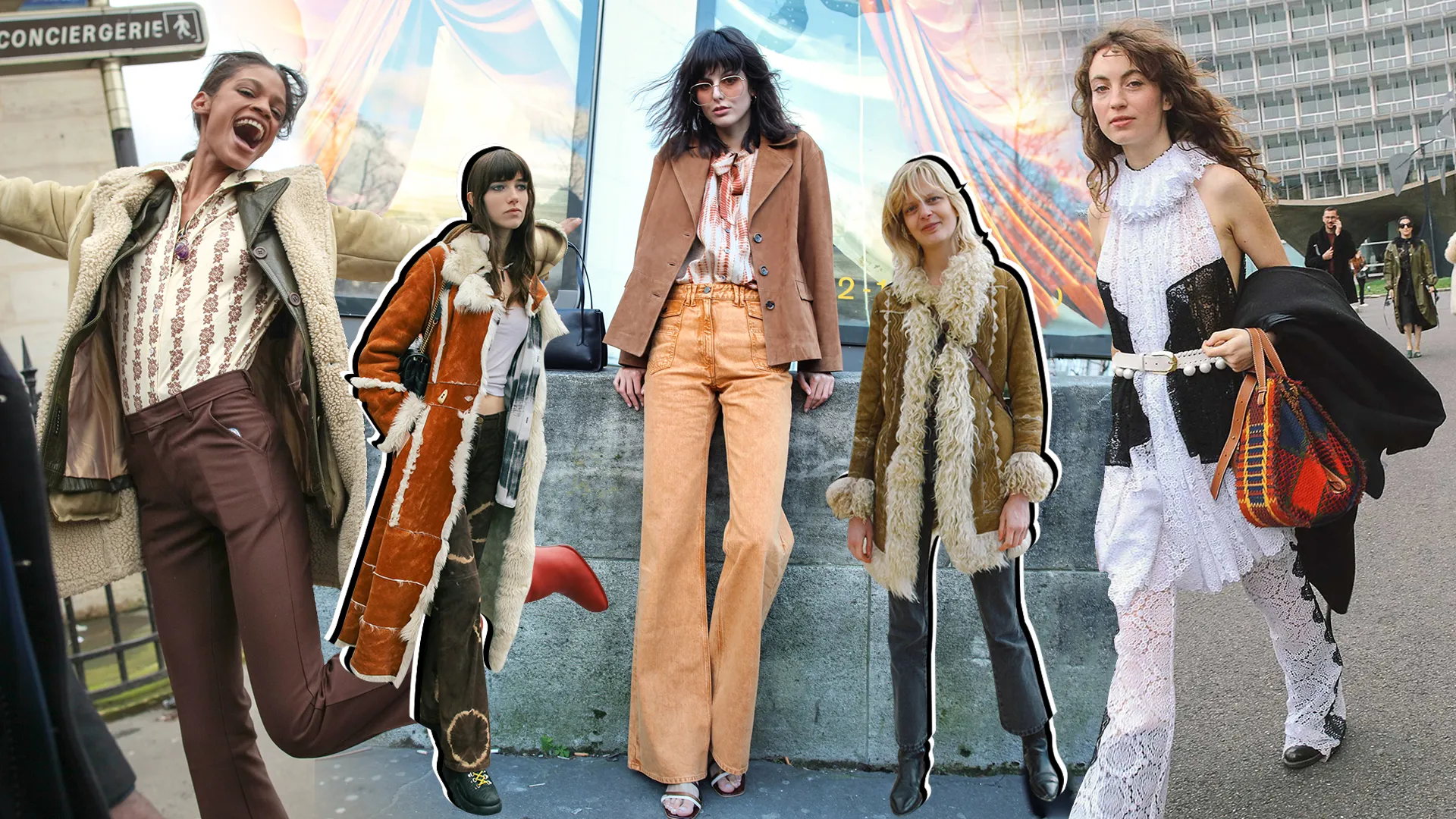Technology in Fashion Design | Transforming the Industry
Explore how technology in fashion design is revolutionizing processes and aesthetics. Discover the impact of technology on the fashion industry

The world of fashion is no stranger to innovation, and in recent years, technology has played a pivotal role in transforming the industry. From the design process to manufacturing and even the way consumers shop, technology has revolutionized every aspect of fashion. In this article, we will explore how technology is reshaping fashion design and why it's an exciting time for the industry.
Digital Design Tools
Gone are the days of relying solely on pen and paper for fashion sketches. Designers now harness the power of digital design tools and software like Adobe Illustrator and CorelDRAW to create intricate and precise designs. These tools not only streamline the design process but also allow for quick iterations and experimentation, leading to more innovative and?unique creations of fashion.
3D Printing
One of the most revolutionary technologies in fashion is 3D printing. It has enabled designers to bring their wildest concepts to life in ways previously unimaginable. From creating intricate accessories to crafting entire garments, 3D printing has opened up a world of possibilities for designers looking to push the boundaries of traditional fashion.
Virtual Reality (VR) and Augmented Reality (AR)
Virtual reality and augmented reality have started to make their mark in the fashion industry. Designers use VR to visualize their creations in three-dimensional space, allowing for a more immersive design process. AR, on the other hand, enhances the shopping experience by enabling customers to "try on" clothing virtually before making a purchase, reducing the need for physical fitting rooms.
Sustainable Manufacturing
Sustainability is a growing concern in the fashion world, and technology is helping address this issue. Advanced manufacturing techniques, such as on-demand and zero-waste production, are becoming more accessible. These methods not only reduce waste but also allow for more sustainable use of materials, making fashion production more environmentally friendly.
Artificial Intelligence (AI)
AI is transforming various aspects of fashion, from trend forecasting to personalization. Machine learning algorithms analyze vast amounts of data to predict?future fashion trends, helping designers stay ahead of the curve. AI also enables personalized recommendations for consumers, making online shopping experiences more tailored and enjoyable.
Smart Textiles
The integration of technology into textiles has given rise to smart fabrics. These textiles can monitor body temperature, provide UV protection, or even change color based on environmental conditions. Smart textiles are not only functional but also offer a new avenue for creativity in fashion design.
Supply Chain Transparency
Consumers are increasingly concerned about the ethical and environmental impact of their clothing. Technology is enhancing transparency in the fashion supply chain, allowing customers to trace the journey of their garments from production to sale. This transparency empowers consumers to make more informed and responsible choices.
Digital Fashion Shows
The traditional fashion show model is evolving, thanks to technology. Digital fashion shows have gained prominence, allowing designers to showcase their collections to a global audience without the need for physical events. This shift has democratized the fashion world and made it more inclusive.
E-Commerce and Online Marketplaces
The rise of e-commerce and online marketplaces has fundamentally changed how consumers shop for fashion. With just a few clicks, customers can explore a vast array of clothing options, read reviews, and make purchases from the comfort of their homes. This convenience has led to a significant shift in the retail landscape.
Customization and Personalization
Technology has made it easier for consumers to personalize their fashion choices. Whether it's custom-made clothing or the ability to mix and match?styles online fashion, customers now have more control over their fashion decisions. This trend towards personalization is reshaping the way brands interact with their customers.
In conclusion, technology has become an integral part of the fashion industry, driving innovation and reshaping how designers create, manufacturers produce, and consumers engage with fashion. As technology continues to advance, we can expect even more exciting developments in the world of fashion design. Embracing these changes is key for staying relevant and sustainable in an ever-evolving industry. Certainly, let's continue exploring the transformative impact of technology in fashion design:
Data-Driven Insights
Fashion brands are increasingly using data-driven insights to make informed decisions. They collect and analyze customer data to understand preferences, buying patterns, and demographics. This information helps designers create collections that resonate with their target audience, reducing the risk of producing items that may not sell well.
Blockchain in Fashion
Blockchain technology is enhancing transparency and authenticity in the fashion industry. Brands are using blockchain to create digital certificates of authenticity for luxury items, ensuring that customers receive genuine products. Additionally, it's being utilized to track the origins of materials, supporting ethical and sustainable sourcing practices.
Wearable Technology
Wearable technology, often referred to as "wearables," is a burgeoning field in fashion design. These smart garments can do much more than just look stylish; they can monitor health metrics, provide haptic feedback, and even connect to smartphones. Wearables are bridging the gap between fashion and functionality, opening up new possibilities for designers to create innovative and practical clothing.
Digital Prototyping
Fashion designers can now create digital prototypes of their designs before producing physical garments. This not only reduces material waste but also allows for more accurate testing and adjustments. Digital prototypes also facilitate collaboration among design teams, regardless of their geographical locations.
Accessibility and Inclusivity
Technology is making fashion more accessible and inclusive for individuals with disabilities. Designers are incorporating adaptive features into their clothing, such as magnetic closures and adjustable straps. Additionally,?virtual fashion?try-on apps and AR tools are helping people with disabilities make informed clothing choices.
Sustainability Tracking
Sustainability is at the forefront of the fashion industry's agenda, and technology is playing a vital role in measuring and improving sustainability efforts. Brands are using software and data analysis to track their environmental impact, enabling them to make more eco-conscious decisions in their design and production processes.
AI-Powered Design Assistance
Designers are increasingly relying on AI-powered tools to assist with design tasks. These tools can generate design suggestions, recommend color palettes, and even predict which styles are likely to be popular. This collaboration between human creativity and AI efficiency is shaping the future of fashion design.
Fashion Education and Collaboration
Technology has transformed fashion education by providing online courses, virtual design studios, and collaborative platforms. Aspiring designers can now access resources and connect with professionals worldwide, fostering a more inclusive and diverse fashion community.
Fashion Sustainability Certification
Sustainability certifications are becoming more prevalent, helping consumers identify brands committed to eco-friendly practices. Technology aids in verifying and managing these certifications, allowing brands to communicate their sustainability efforts effectively.
The Future of Fashion Tech
As technology continues to advance, the fashion industry's future holds even more promise. Concepts like AI-designed fashion, 3D body scanning for perfect fits, and immersive virtual fashion experiences are on the horizon. Fashion designers will need to adapt and embrace these innovations to stay competitive in the rapidly evolving industry.
Technology's transformative impact on?fashion design?is evident across all facets of the industry. From the creative process and sustainable practices to the shopping experience and inclusivity, technology is driving progress and reshaping fashion as we know it. As we look ahead, the fusion of fashion and technology promises exciting possibilities for innovation, creativity, and sustainability.
What's Your Reaction?












